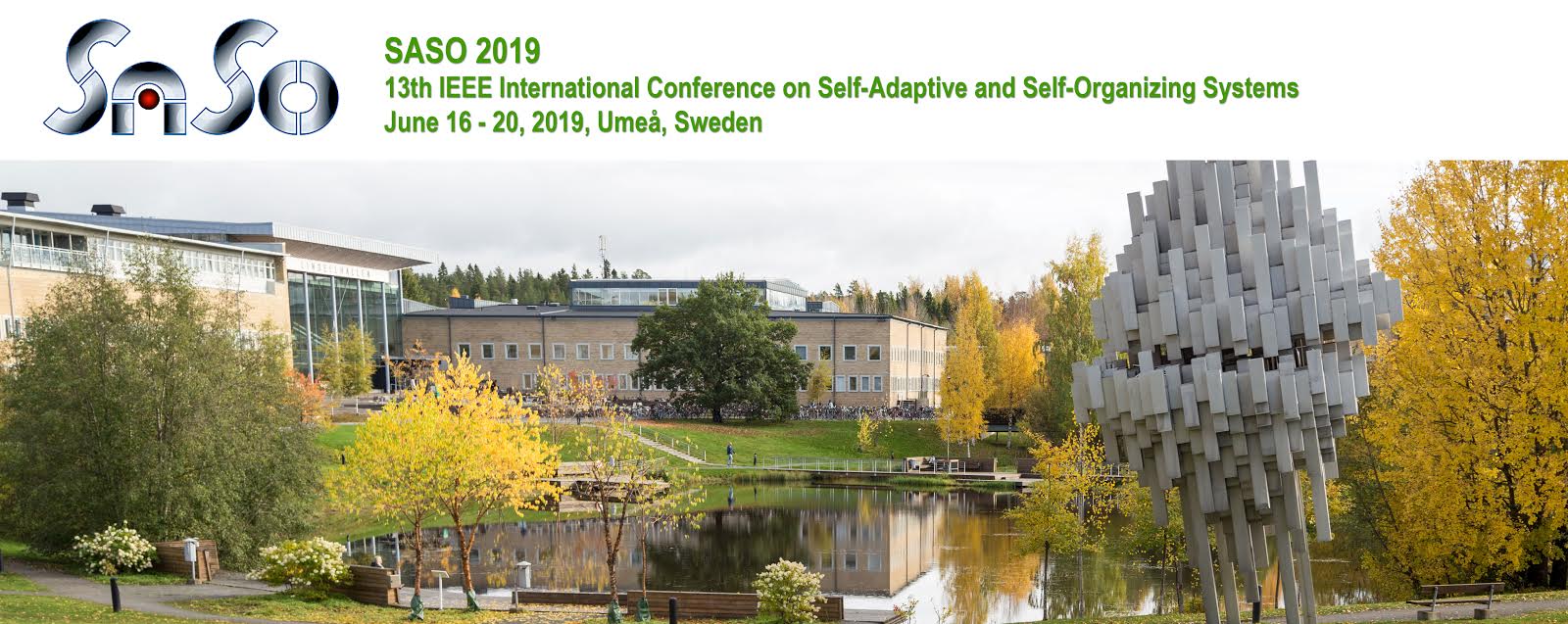In this tutorial paper, we briefly summarise the most important steps for forecasting time series while guiding the audience through each step by providing best practices and R code. That is, we first discuss how to pre-process the historical data. Afterwards, we explain how to retrieve further information/features from the data. Then, we present the problem which method should be chosen. Accordingly, we highlight the model fitting and the forecast itself. Finally, we discuss the evaluation of forecasting methods. Besides the theoretical part, the tutorial has hands-on examples, where we use open source methods and the language R, to give the audience a better understanding.
Organizers
André Bauer (University of Wuerzburg, Germany), Marwin Züfle (University of Wuerzburg, Germany), and Nikolas Herbst (University of Wuerzburg, Germany)
Target audience
To enable accurate and proactive autonomic systems, reliable time series forecasting methods are required. Based on the No-Free-Lunch Theorem, no forecasting method performs best. Further, expert knowledge is expensive and cannot be fully automated. For this reason, we want to offer this tutorial to all who are interested in proactive management.
